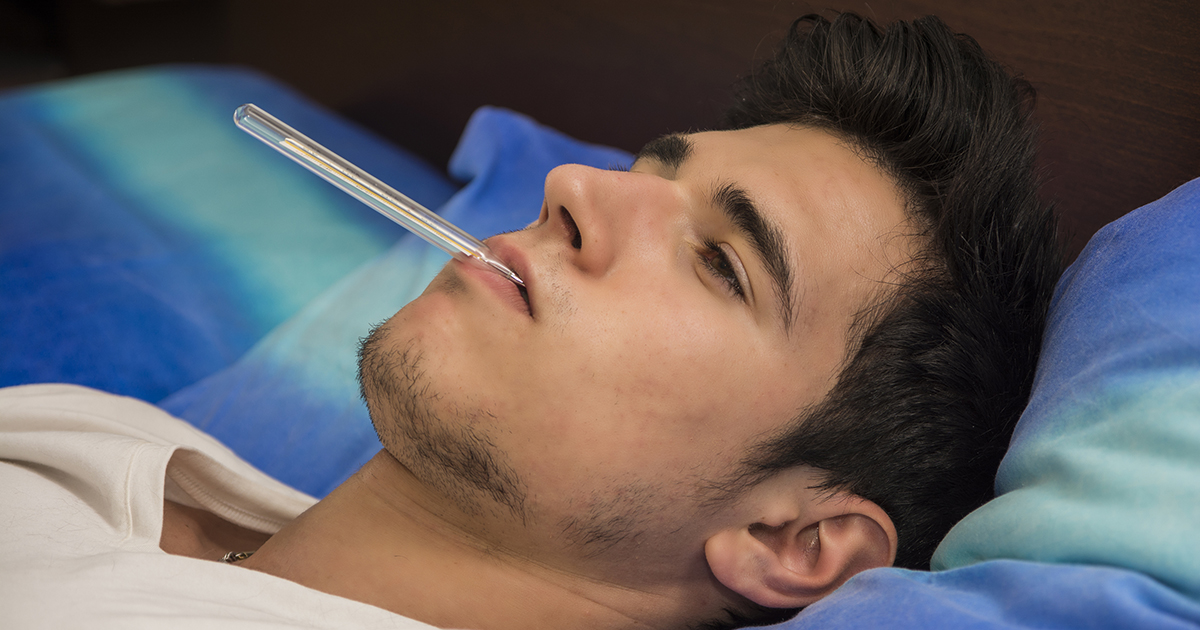Guide To Strep Throat Symptoms
When your throat hurts, it can be difficult to know if you should go to the doctor or just stay home, drink lots of fluids, and wait it out. Some sore throats are caused by viruses, which usually require rest and time while the body fights off the infection. However, bacteria cause strep throat, and this condition can be much more serious, typically requiring medical intervention and the use of antibiotics to combat the illness and prevent further complications. Knowing the symptoms of strep throat can help patients differentiate between strep throat and other conditions so they can get the medical assistance they need in a timely manner.
Sudden Throat Pain

When a sore throat is caused by allergies, irritation, or a cold, symptoms of pain in the throat usually come on more slowly or are at least not as severe. One of the major common symptoms associated with strep throat is severe, sudden throat pain. This pain has been described as a feeling of rawness in the back of the throat that can sometimes feel like it is reaching into the back region of the roof of the mouth. Unlike a sore throat that occurs with a cold, patients typically will not experience a cough or stuffy nose with strep throat, though these symptoms can occur on occasion.
Reveal more symptoms of strep throat now.
Red And Swollen Tonsils

When an individual feels the onset of a sore throat, they should use a light and check the appearance of their throat. No visible differences to how a normal, healthy throat looks means the patient could be experiencing symptoms of a viral infection or allergies. If the individual has strep throat, they will most likely notice red and swollen tonsils that may also show white spots or streaks. The redness of strep throat may also show up at the back of the roof of the mouth as tiny red bumps. These little red spots are known as petechiae and can affect the hard or the soft part of the palate.
Read more now about the major symptoms of strep throat.
Pain When Swallowing

A sore throat that hurts all of the time and does not get better or worse when swallowing is more likely caused by allergies than bacteria. However, if patients experience more excruciating pain when swallowing, it's a good indication they may have strep throat. This intense pain during swallowing can occur whether they are eating, drinking, or just swallowing normally to rid their mouth of saliva. There is more pain when swallowing as the throat muscles exert pressure on the tender, inflamed tissues affected by the bacteria that causes strep throat. While swallowing is extremely painful, it's good to know this symptom usually eases up after being on antibiotics for twenty-four to forty-eight hours.
Continue reading to discover more of the symptoms of strep throat.
Fever

While a slight elevation in body temperature can occur if a patient is suffering from an allergic response, a higher temperature is typically an indication of a bacterial infection. A sore throat caused by a virus may also cause a rise in body temperature, but patients will most likely experience other symptoms not associated with strep throat in these cases. Elevated temperature with strep throat can come on suddenly, just like the pain. Body temperature with strep throat can become very high, so it is important to see a medical practitioner for a high fever or if strep throat is suspected.
Learn more about how strep throat presents itself now.
Swollen Lymph Nodes In Neck

A patient's lymph nodes will most likely become swollen as their body tries to fight off the bacteria responsible for strep throat. These swollen lymph nodes in the neck can readily be felt with fingers, both if the patient feels or if their doctor does. Individuals can check their lymph nodes by feeling at the front of their throat and gently pressing the skin to under the jaw bone and back toward the ears. They will be able to feel if there is a slight bulging under the skin that could indicate their lymph nodes are swollen. In addition to the swelling, the lymph nodes may be tender to the touch.
